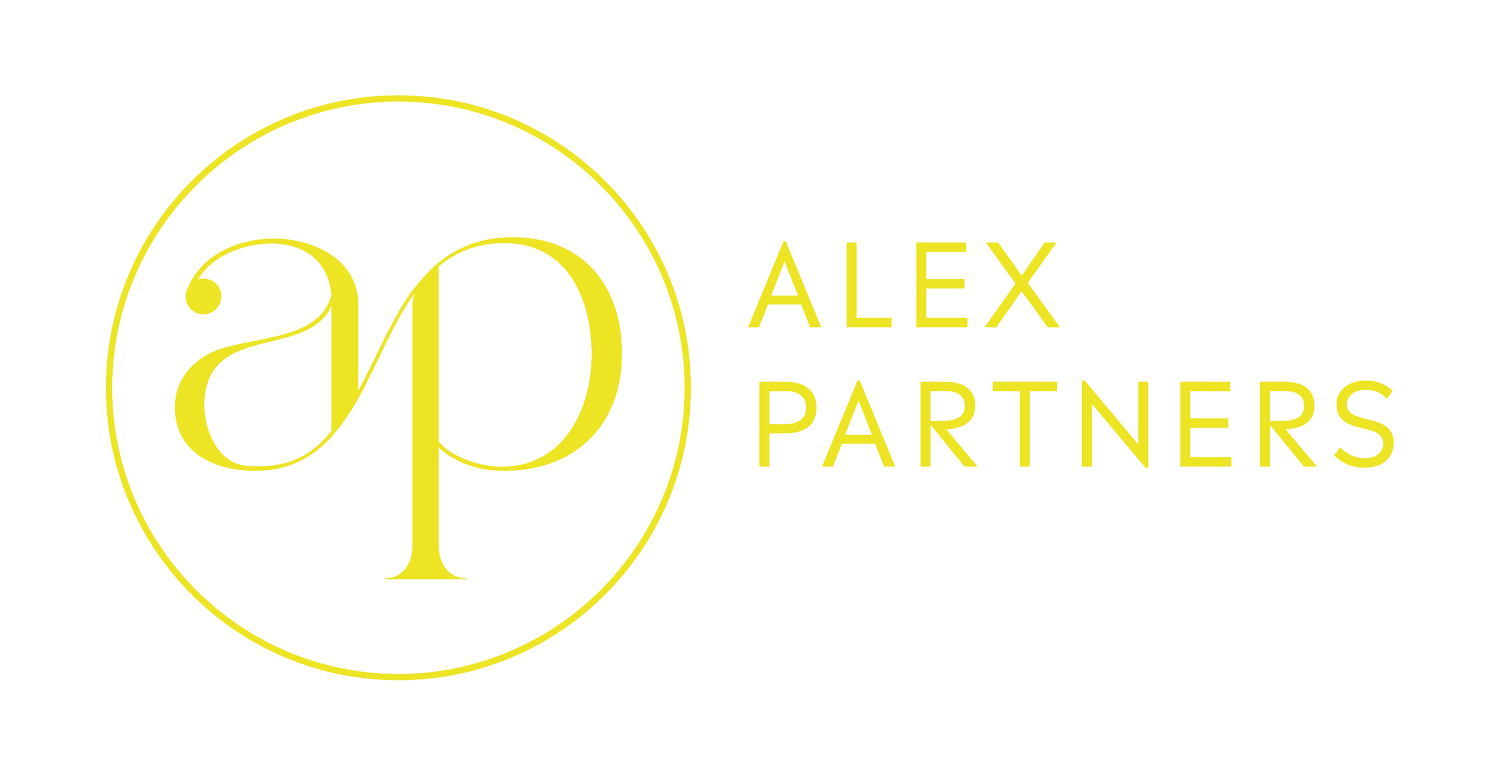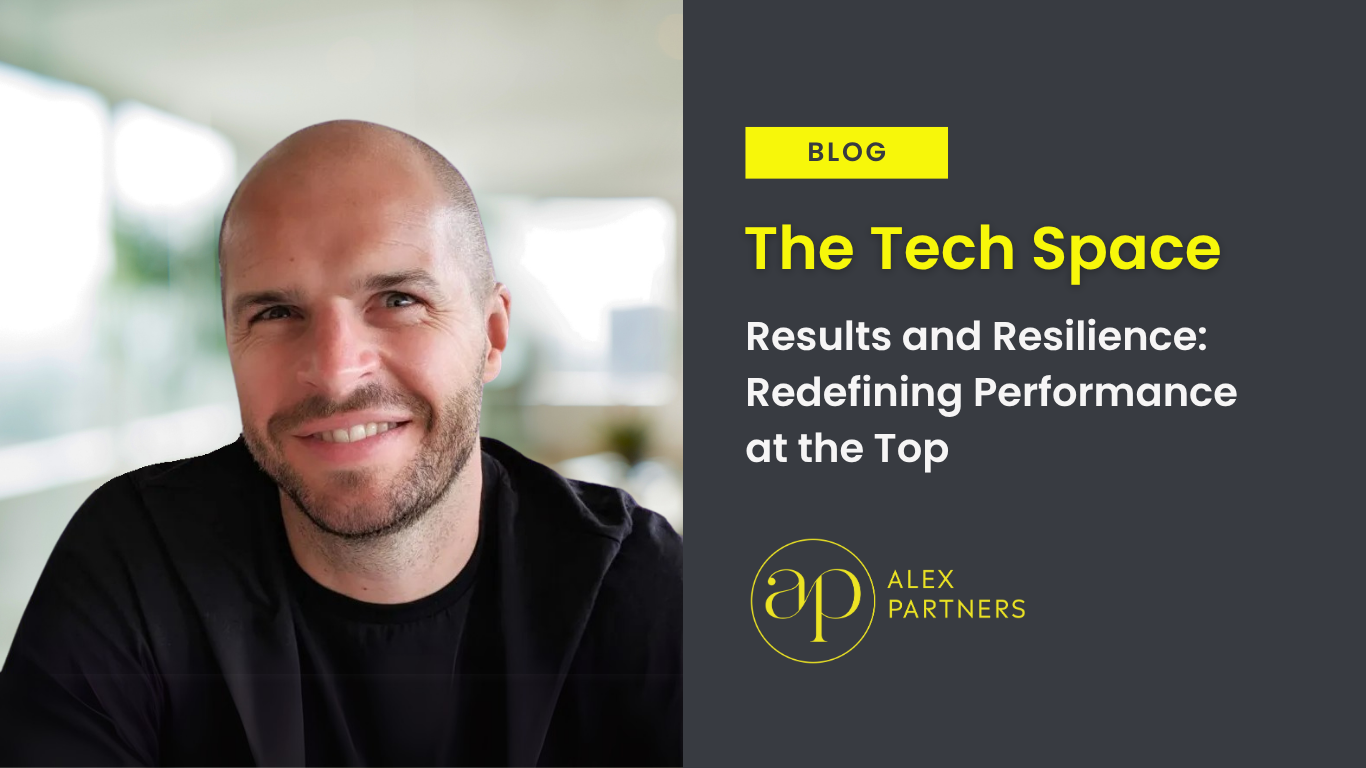Results and Resilience: Redefining Performance at the Top
Leadership is changing shape. The pressures facing today’s C-suite, from economic uncertainty and accelerating AI adoption to heightened mental-health risk, are exposing the limits of traditional management. The focus on hitting results at any cost is giving way to a broader question: what kind of performance system makes those results sustainable?
When Huw Slater, Co-founder and CEO of Oliva, joined The Tech Space podcast in January 2025, he drew a clear line between results and performance. Drawing on a career that spans BT, Box, Typeform and TravelPerk, Slater explained that while results measure outcomes, performance measures the inputs and behaviours that produce them. Over time the two should align, but in the short term they often diverge. Understanding that distinction, and how to manage it, has become essential for modern leaders.
In many fast-growing companies, results remain non-negotiable. Yet an overemphasis on quarterly numbers can mask structural weaknesses such as unclear priorities, overstretched teams or poor feedback loops. Slater noted that a manager is accountable for the team’s results and for the performance framework that drives them. If people are meeting the performance metrics and outcomes still lag, leaders should examine whether the framework itself needs to change. That shift in accountability, from judging outcomes to designing systems, reflects the changing nature of leadership in 2025.
This system-level view of management is increasingly visible across the technology sector. Leaders are balancing quantitative targets with qualitative indicators such as learning rate, innovation and resilience. The goal is to maintain ambition while preventing burnout and attrition, the hidden costs of unmanaged performance systems.
The conversation also explored how culture affects results. During his years at BT, Slater worked in a setting where mistakes carried personal risk. Later, in high-growth SaaS environments, failure was treated as feedback. The difference revealed how psychological safety turns challenge into capability. When teams can question assumptions or admit uncertainty without fear, information flows faster and performance improves.
Across the industry, psychological safety is now treated as a structural priority rather than a cultural ideal. Senior teams are introducing clearer norms for disagreement, structured after-action reviews and explicit permission to ask basic questions that surface hidden assumptions. This disciplined openness supports innovation and reduces the mental strain that comes from fear-based decision-making.
The 2025 operating environment reinforces these lessons. Boards are adapting to new expectations under the EU AI Act and to an expanded set of executive roles, including the Chief AI Officer. Nearly half of FTSE 100 companies have introduced such positions since 2024, reflecting how governance, data and culture are converging.
For leadership teams, this means developing fluency in technology while preserving the human conditions that enable sound judgment. AI-driven decision cycles move quickly, and without trust and open challenge, mistakes can compound silently. Companies that embed psychological safety into their operating design, rather than treating it as a wellness initiative, are proving more adaptive under regulatory and market pressure.
Slater’s decision to co-found Oliva was shaped by this same insight: sustained performance depends on the environment leaders create. Life events such as bereavement, parenthood or health challenges affect even the most capable employees. Scale-ups that ignore this reality lose key people at pivotal moments. The alternative is deliberate design, training managers, offering access to appropriate support and normalising recovery as part of healthy performance. This approach signals a wider shift from control to stewardship, where leaders build clarity, rhythm and resilience so that people can perform consistently even when conditions are unstable.
Two frameworks are helping leadership teams anchor that evolution. The first, Digital Leadership Maturity, measures how well executives integrate technology into strategy and governance. It requires every C-suite function, not just the CTO, to understand the operational and ethical implications of AI. The second, the CARE Framework, Connectedness, Agility, Resilience and Empathy, defines the human capabilities that make transformation sustainable. Connectedness builds trust across hybrid teams. Agility replaces rigid planning with responsiveness. Resilience turns setbacks into learning. Empathy keeps performance expectations grounded in reality. Together these frameworks describe a balanced model of leadership that is technologically fluent, emotionally intelligent and operationally disciplined.
Leaders can translate these insights into immediate practice. Redefine the scorecard by tracking both outcomes and the performance inputs that predict them. Build safety into the process by setting clear review rhythms and shared language for constructive challenge. Invest in manager capability early, ensuring new managers have the tools for cadence, feedback and prioritisation. Raise AI fluency at board level so that every senior leader can interrogate AI-enabled plans responsibly.
The distinction between results and performance is not a semantic one. Results show direction. Performance determines durability. Psychological safety connects the two. As growth companies continue to navigate economic and technological flux, the leaders who succeed will be those who design systems where people can deliver, learn and recover, not simply perform until they cannot. That is what managing for performance means in 2025.

